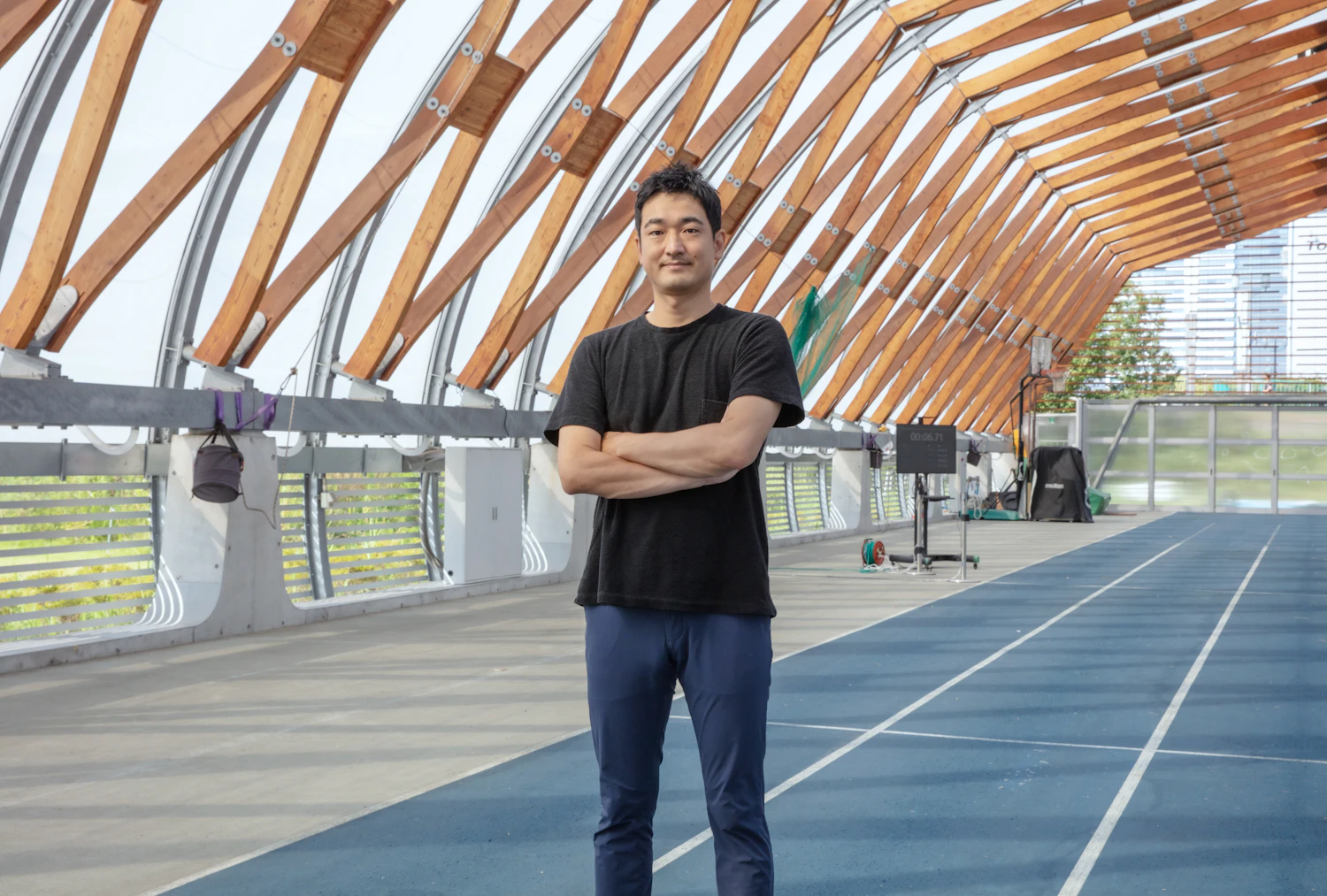Ken Endo "Body / Clothing & Functionality"

President and CEO of Xiborg Inc.
After completing a master's program at Keio University, he moved to the U.S. He engaged in human body capability analysis and the development of lower limb prostheses at the Biomechatronics Group at the MIT Media Lab. He received his Ph.D. in 2012. Meanwhile, he served as a lecturer at MIT's D-Lab, offering lectures on prosthetics for developing countries. He is currently an associate researcher at Sony Computer Science Laboratories, Inc., involved in research on enhancing human physical capabilities using robotic technology. In 2012, he was selected as one of the 35 Innovators Under 35 (TR35) by the scientific magazine Technology Review published by MIT. In 2014, he was named a Young Global Leader by the World Economic Forum in Davos.
The Function & Appearance of Wearable Items
Subjectivity Surrounding Appearance
For instance, the question of whether high heels embody functional beauty has been a topic of discussion with friends for a long time. However, my stance has fundamentally been that they do not represent functional beauty. As someone who researches walking, it's clear that high heels have certainly lost the essential functions needed for walking.That said, it was not until I entered my 30s that I came to understand that what people seek in high heels is not walking functionality but something else. Whether it's the pleasure women derive from an elevated perspective, the perception of longer legs by others, or a subjective confidence boost—these are what people might consider functions.
This article is for members only.
Please register to read the rest of the article.
- Read members-only articles
and use text-to-speech. - Unlimited article favourites
and browsing history. - Attend members-only events.
- Get the latest information
with our email newsletter.
RELATED ARTICLES








.jpg?w=400&fm=webp)









.png?w=400&fm=webp)


